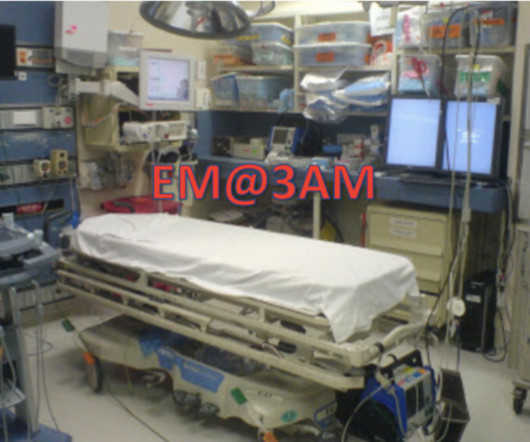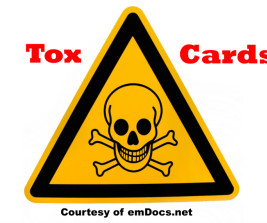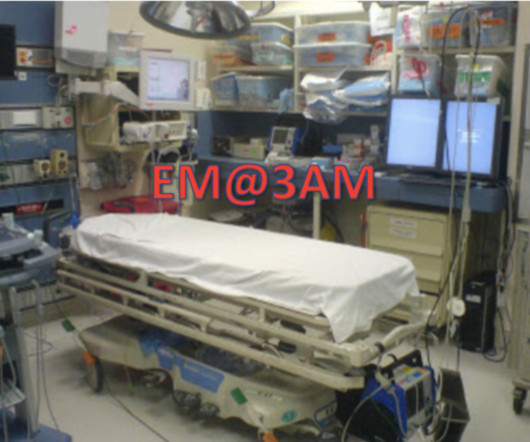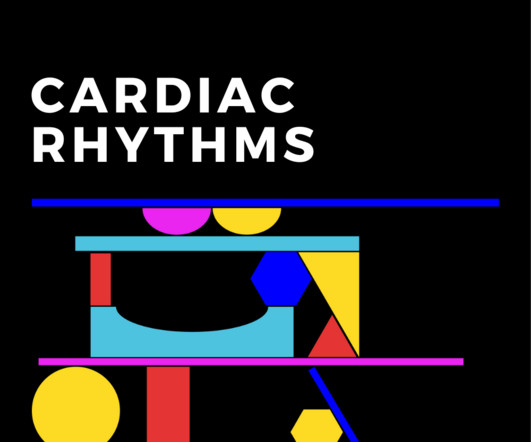The Evolution Of Penetrating Neck Trauma Management – Part 1
The Trauma Pro
APRIL 9, 2024
In the old days, we quickly identified the zone of injury and proceeded to the operating room for Zone II injuries. J Trauma 72(3):576-584, 2012. The management of penetrating neck injury is one of those facets in trauma care that has undergone slow but steady progress over the past 40 years of my career.



























Let's personalize your content